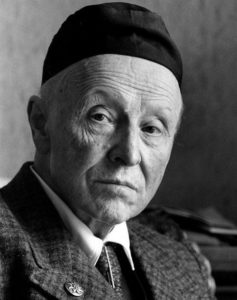
1877 - 1959
Alfred Kubin

description
An Austrian artist, illustrator and engraver. Alfred Leopold Isidor Kubin worked in his own artistic style, which became the forerunner of Expressionism and Surrealism in the visual art of the twentieth century.
Born into a rich family. He studied at the gymnasium in Salzburg. As a child, Alfred had to endure several tragic events, including the death of his mother, at whose grave he wanted to commit suicide at the age of 16. The relationship with the father of the artist was always difficult, but despite this, he financed his son’s trip to Munich, where he studied visual arts.
Kubin took part in the creation of the “New Association of Artists of Munich”, was a member of the Munich group “Blue Horseman” and repeatedly participated in Expressionist exhibitions in Germany. The artist created a large number of book illustrations, made in a special fantastic and grotesque manner.
In addition to art, Alfred Kubin showed himself as a talented writer. He is the author of the science fiction novel The Other Side and a number of mystical stories included in the book “Der Guckkasten”. The original style of the artist influenced many German Expressionists, such as Paul Klee, Georg Grosz and others.
Key ideas:
– The works of Alfred Kubin are unique paintings and even more expressive graphics. Made in a very original style, they are distinguished by a gloomy view of the world and give a double impression. On the one hand, the gloomy style and eerie images cause disgust. However, the quaintness, mysteriousness and appeal to the subconscious desires of a person incite curiosity and makes you look at the unusual paintings again and again.
– The paintings of the artist surprisingly combine things that seem incompatible; they are filled with strange and often startling images. Kubin was very fond Freud’s “Interpretation of dreams”. He said that his works are nothing else but “the chronicle of dreams”, an unconscious reflection of the thoughts and feelings of a man.
– The early works of the artist are very close in style to the art of the Symbolists. They are filled with longing and hopelessness, the understanding of the meaninglessness of one’s existence. From works in the watercolor technique, Kubin rather quickly starts drawing with a pen and focuses on graphics. The main features of his work are death, war, natural elements and human fears. The manner of the artist gradually becomes more emotional and intense. The pictures often contain social motives, grotesque and caustic sarcasm.
– From 1907, in Kubin’s works, his famous wavy technique appears. This nervous broken line that envelops people and objects, fills paintings with special mystery and mysticism. Ghostly haze covers the contours, hiding the edges and distances between objects, which seem to dissolve in their surroundings.
– Among his contemporaries, Alfred Kubin was known as a talented illustrator. He designed both his own works and books of famous masters. Particularly bright were the illustrations for the books of Dostoevsky, Poe, Hoffmann, Flaubert, Balzac, and other authors. Working on the design of books, the artist not only masterfully conveys the plot of the work, but also thanks to an extremely developed artistic imagination, goes beyond the text itself, developing the main idea, which the author wanted to convey to the reader.
1877
1898
1906
1907
1908
1909
1913
1920 - 1930
1937
1940
1959
The birth of the artist
Attended the private art school of Ludwig Schmidt-Reutte in Munich
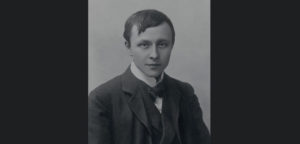
The author worked on a series of abstract compositions
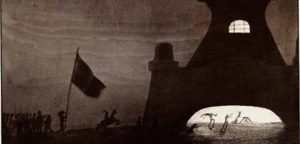
Alfred Kubin's individual style was finally established
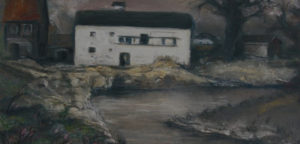
“Another Side”
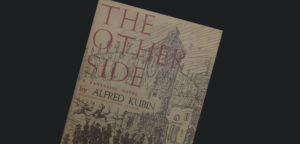
Became one of the founders of the “New union of the painters of Munich”
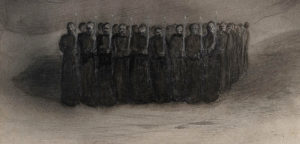
Took part in the Autumn Salon
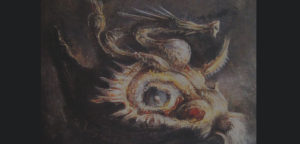
“On the edge of life”, “Dance of death”
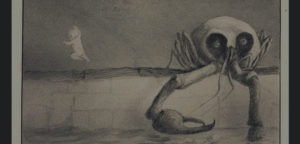
The personal exhibition
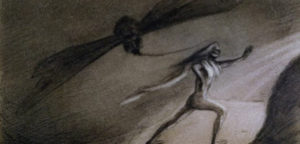
The artist’s work was declared “degenerate”
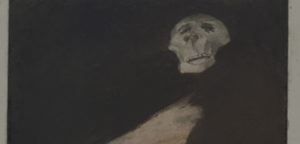
The death of the artist
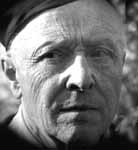
Alfred Kubin
On Artist
flow
Symbolism
friends
Lionel Feininger
Adolf Erbsle
Alexey Yavlensky
Gabriela Munter
Marianna Verevkina
Karl Hofer
artists
Edward Munch
Max Klinger
Albrecht Durer
Peter Bruegel
Francisco Goya
Odilon Redon
James Ensor
Ludwig Schmid-Reutte
Nikolaos Gizis
By Artist
flow
Surrealism
Expressionism
friends
Vasily Kandinsky
Hermann Hesse
artists
Paul Klee
Franz Marc
Giorgio de Chirico
